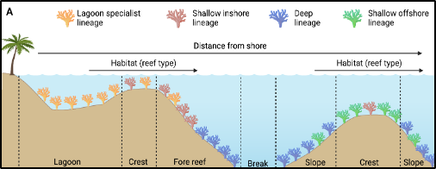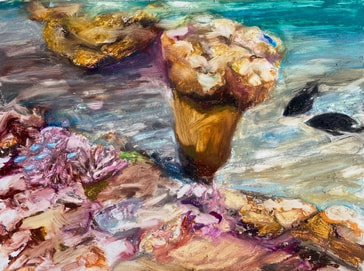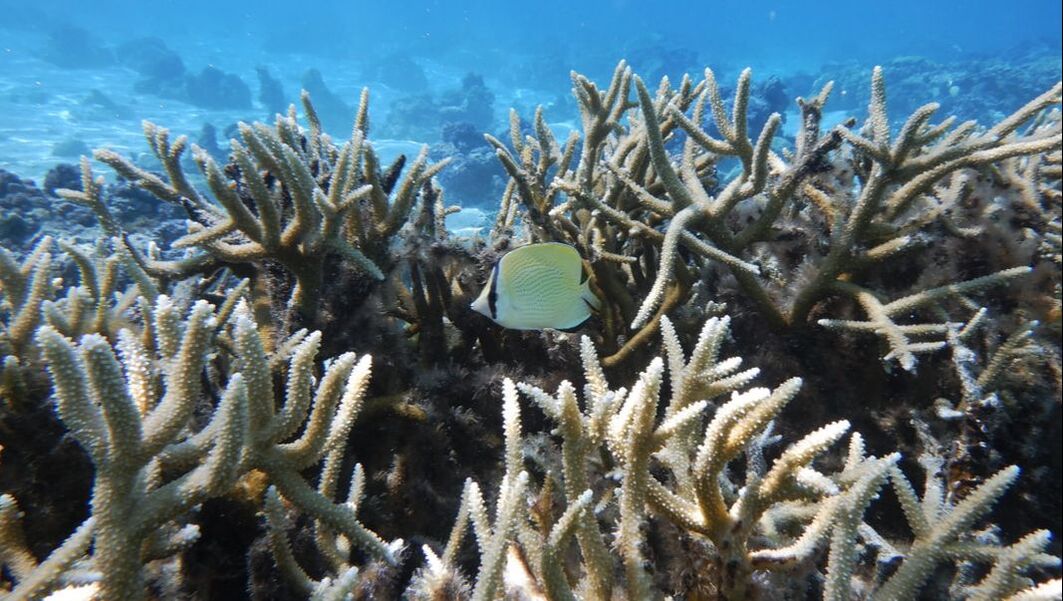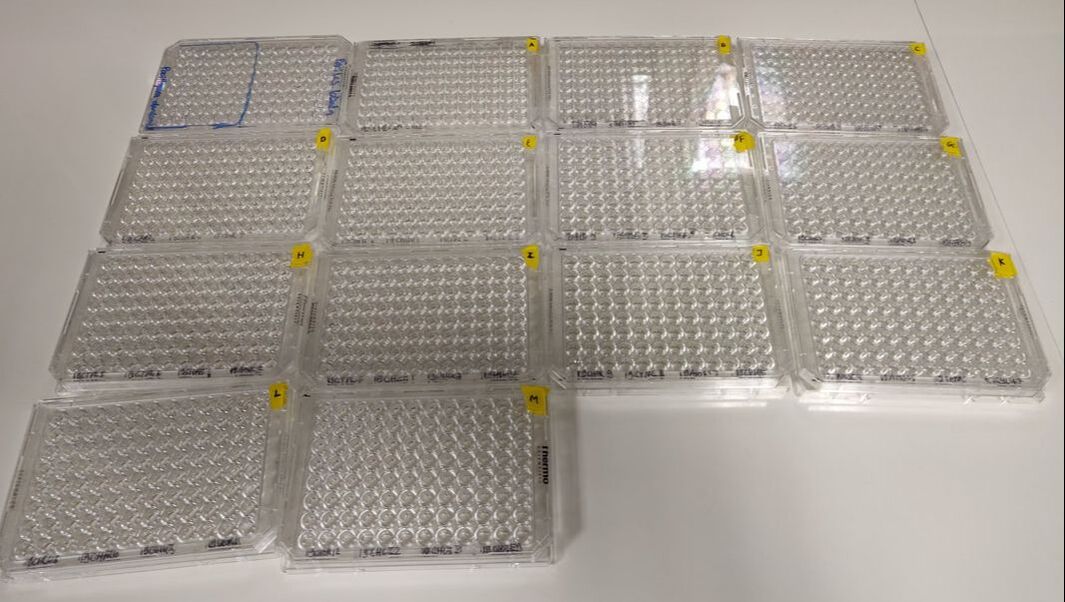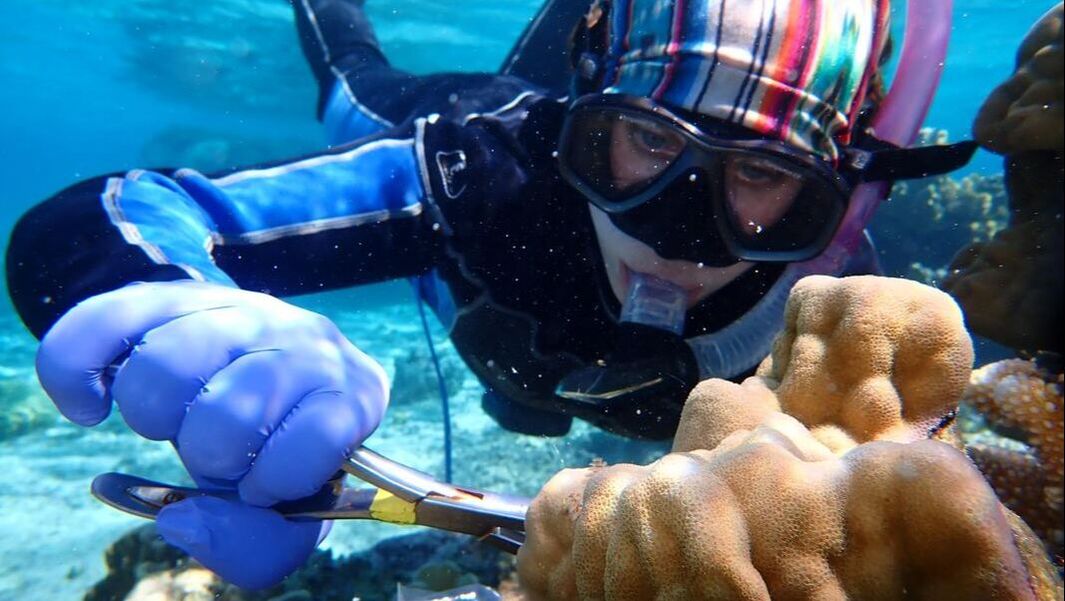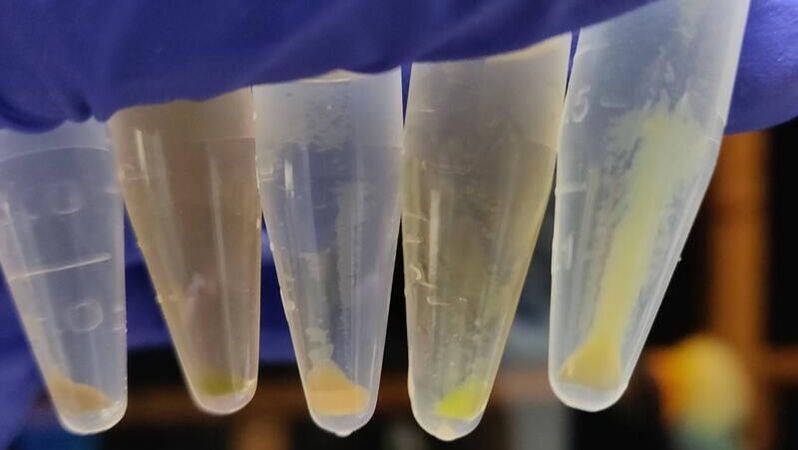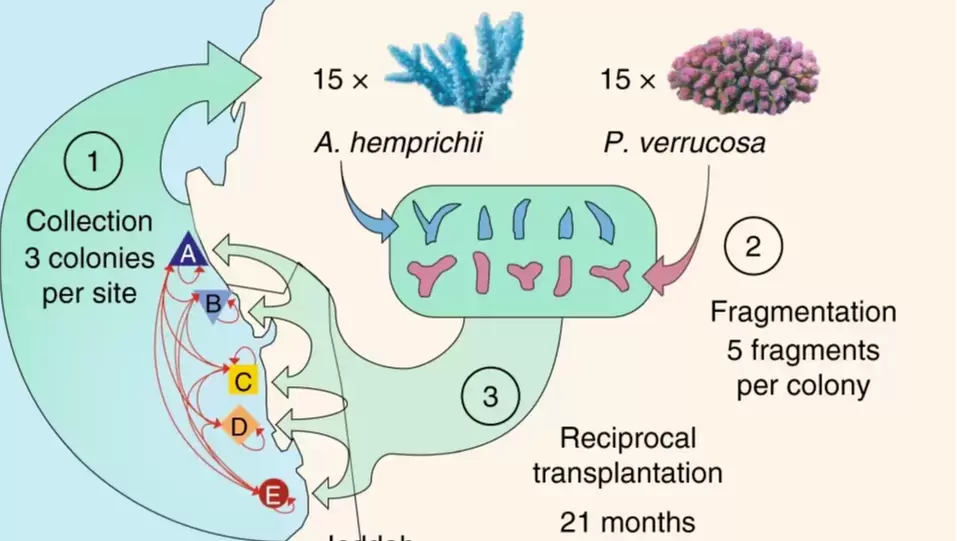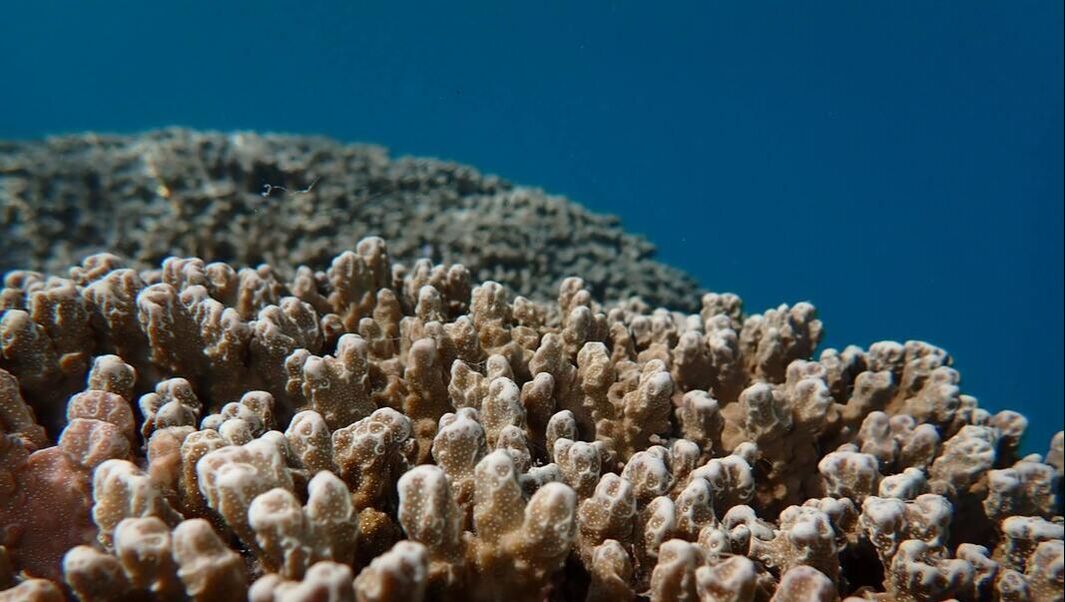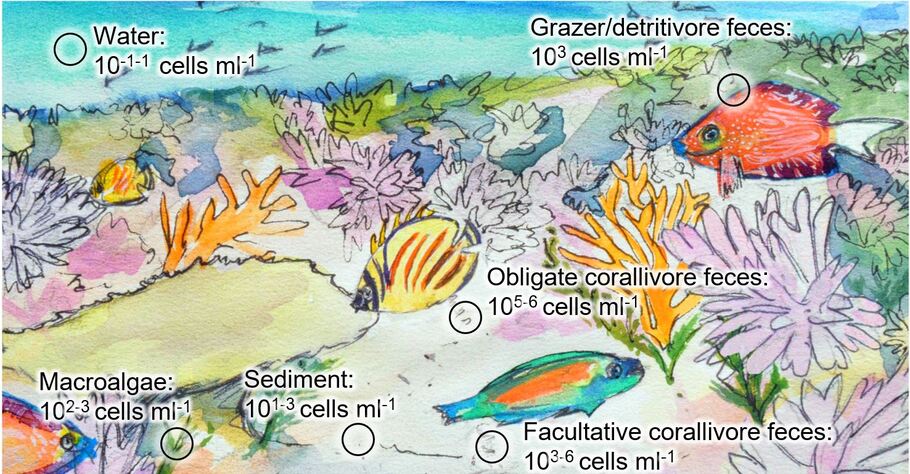 Coral-eating fish (corallivores) may aid coral reef resilience through the dispersal of millions of live Symbiodiniaceae cells (photosymbionts) in their feces. This figure lists the concentrations of Symbiodiniaceae cells in distinct environmental compartments on coral reefs, based on my work in Mo'orea and other published literature (Grupstra et al. 2021). Artwork by Janavi Mahimtura Folmsbee.
Coral-eating fish (corallivores) may aid coral reef resilience through the dispersal of millions of live Symbiodiniaceae cells (photosymbionts) in their feces. This figure lists the concentrations of Symbiodiniaceae cells in distinct environmental compartments on coral reefs, based on my work in Mo'orea and other published literature (Grupstra et al. 2021). Artwork by Janavi Mahimtura Folmsbee.
|
Virtually all animals rely on microbiomes to support their health and fitness. Our research addresses fundamental questions pertaining to the nature of this relationship: How are microbiomes assembled and how do they influence the function and survival of their hosts? To answer these questions, I study tropical corals; animals that rely on dinoflagellate photosymtbionts (family Symbiodiniaceae) for food supply, and diverse other microorganisms (including archaea, bacteria, fungi and viruses) that provide other services. I aim to build an understanding of how interactions between animals and microorganisms contribute to ecosystem resilience.
|
A video explaining how coral predators contribute to the dispersal of key coral symbionts (Grupstra et al. 2021).
|
Current projects
|
Integrating cryptic diversity into our understanding of coral reef ecology, symbiosis, and conservation
For my postdoctoral work, I am focusing on the evolution and ecology of cryptic coral lineages-genetically distinct but morphologically indistinguishable coral populations-which have been identified in 24 coral genera using advanced sequencing. Many cryptic lineages exhibit patterns of ecological specialization (see figure on the left), some associate with unique microbial partners, and some show differential susceptibility to bleaching during marine heatwaves. Understanding the drivers of cryptic lineage distributions and their stress responses is therefore critical for effective management. I am conducting experimental work with cryptic lineages of the stony coral Porites lobata inhabiting lagoons with naturally high temperatures-comparable to those expected under future climate change conditions. By studying corals in such extreme environments, we can "catch a glimpse" of the future of coral reefs. I combine ecological experiments with powerful genomics approaches, physiology, and metabarcoding approaches to disentangle how some corals and their microbial partners can survive future climate change conditions. |
|
Dispersal of microbiota by coral reef fish
My research addresses questions regarding the indirect effects that consumers (e.g., predators, herbivores) have on consumed resource species via the dispersal of microbiota, which may negatively or positively affect species in the environment. For my dissertation, I characterized the dispersal of microorganisms by reef fish. Specifically, I quantified the diversity of coral photosymbionts and bacteria in the feces of coral-eating fish (e.g., butterflyfish, parrotfish) and compared it to co-occurring grazer/detritivores. I also conducted manipulative experiments to test how fish feces affect coral health. Learn more here, here, and here. |
Dynamics of viruses infecting coral photobionts
I am interested in how viral infections shape microbiota assembly and affect holobiont phenotypes. Part of my dissertation focused on describing the dynamics of RNA viruses infecting photosymbiont communities associated with corals; I combined tank experiments with repeated sampling of coral colonies to identify how RNA virus communities are linked to holobiont health and resilience to stress. By studying viral communities under current and future climate change conditions, as well across diverse species of coral, I aim to increase our understanding of the role of viruses in shaping host phenotypes. Read more here, here, and here. |
Community structure of coral-associated microorganisms
Communities of microorganisms are critical drivers of host phenotypes and fitness. Part of my research program is focused on the drivers of microbiota community assembly (photosymbionts and bacteria) in reef-building corals. By combining tank-based experiments with in-situ transplantation experiments and sampling across natural or human-made environmental gradients, I aim to elucidate how patterns of microbial community structure contribute to host health and decline. Learn more here, here and here. |
